Europe’s most beautiful attractions (copy)
Striking sights around Europe
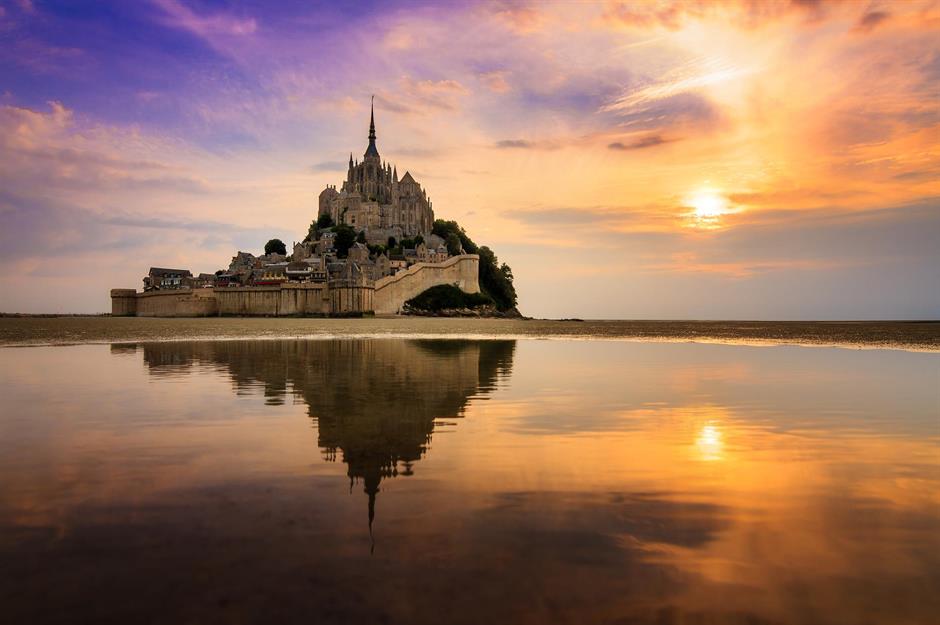
Plitvice Lakes National Park, Croatia
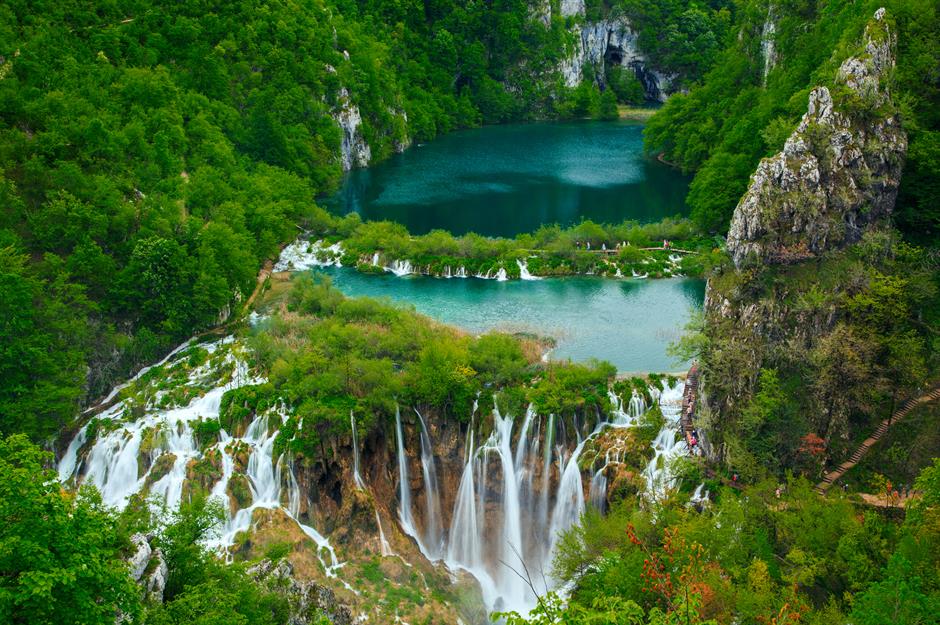
A spellbinding mix of blue-green hues, Plitvice Lakes National Park, located between Zagreb and Zadar, comprises 16 interconnected lakes linked by a series of waterfalls. Set amid dense emerald-green forest, these waterfalls might not be the tallest – the longest drop is 255 feet (77m) – but what they lack in height, they more than make up for in natural beauty. These are the world's most beautiful waterfalls.
Cliffs of Moher, Republic of Ireland

Eiffel Tower, Paris, France
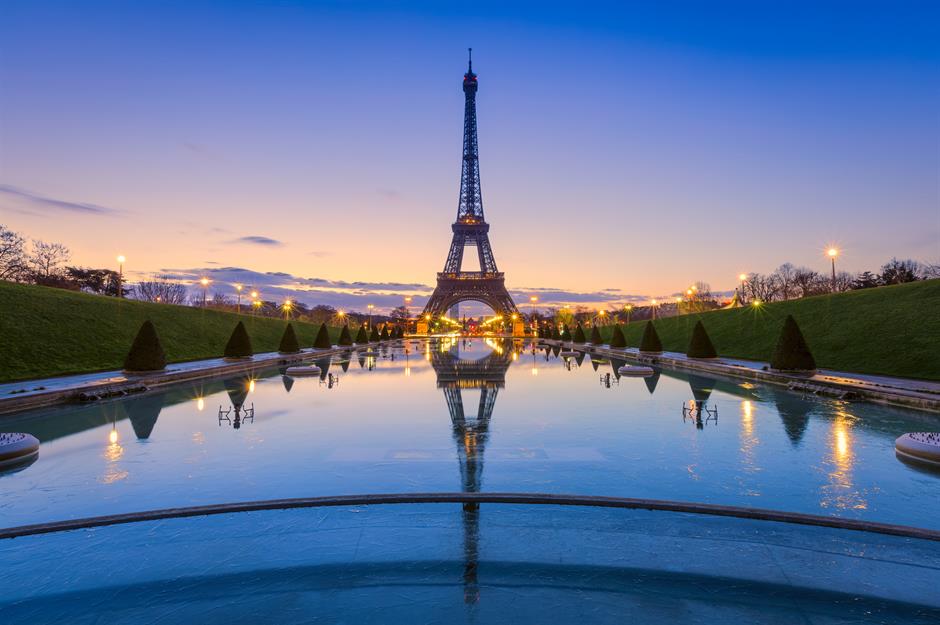
Few sights in Europe are as recognisable as Paris' Eiffel Tower. Built between 1887 and 1889, the 984-foot (300m) tower’s design is the result of a competition, which received more than 100 submissions. The winning entry, featuring an open-lattice wrought-iron structure, was opposed by some of the most prominent figures in Paris at the time, who thought it would be an eyesore. It's anything but, of course – in this stunning shot its remarkable symmetry is mirrored by the Jardins du Trocadéro in the pastel-hued evening light.
Colosseum, Rome, Italy
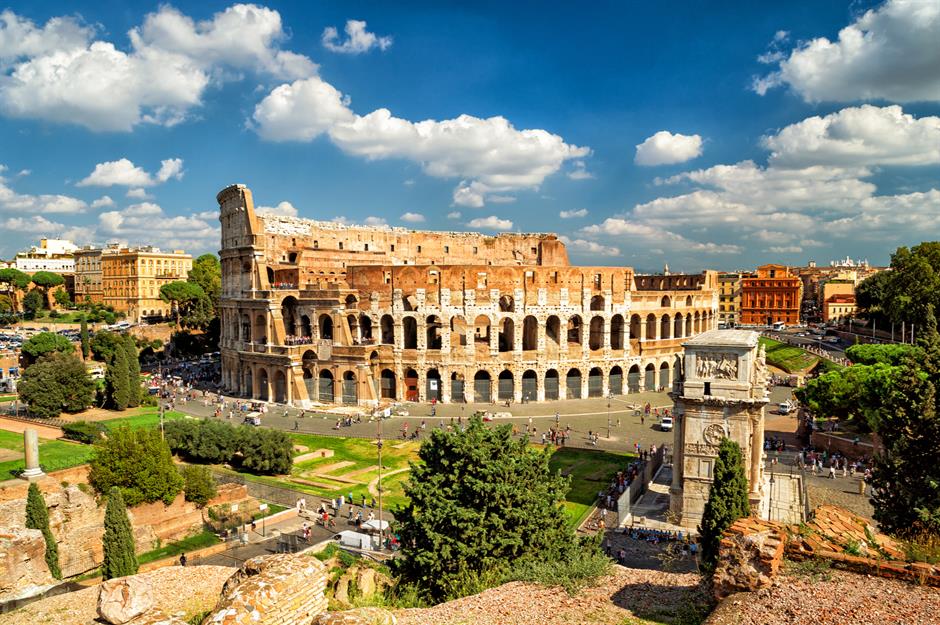
Turning to another historic gem, the Colosseum was built between AD 72 and AD 80 under the Flavian dynasty. This ancient amphitheatre has become an iconic symbol of Rome and, over the centuries, has survived looting, earthquakes and even bombings during the Second World War. The impressive stone and concrete structure remains remarkably intact today. Incredible new secrets of the world's ancient wonders revealed.
Swiss Alps, Switzerland
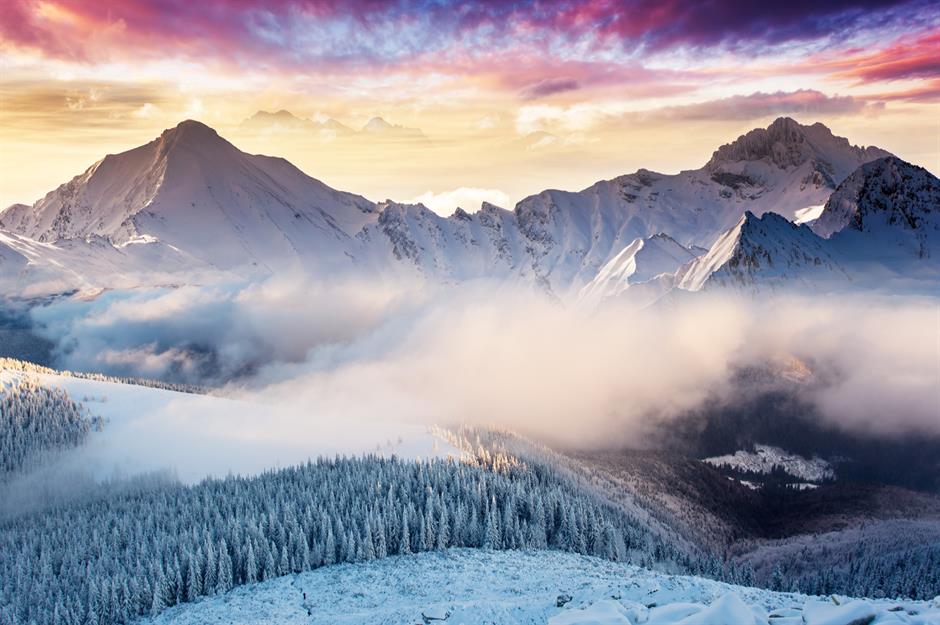
Santorini, Greece
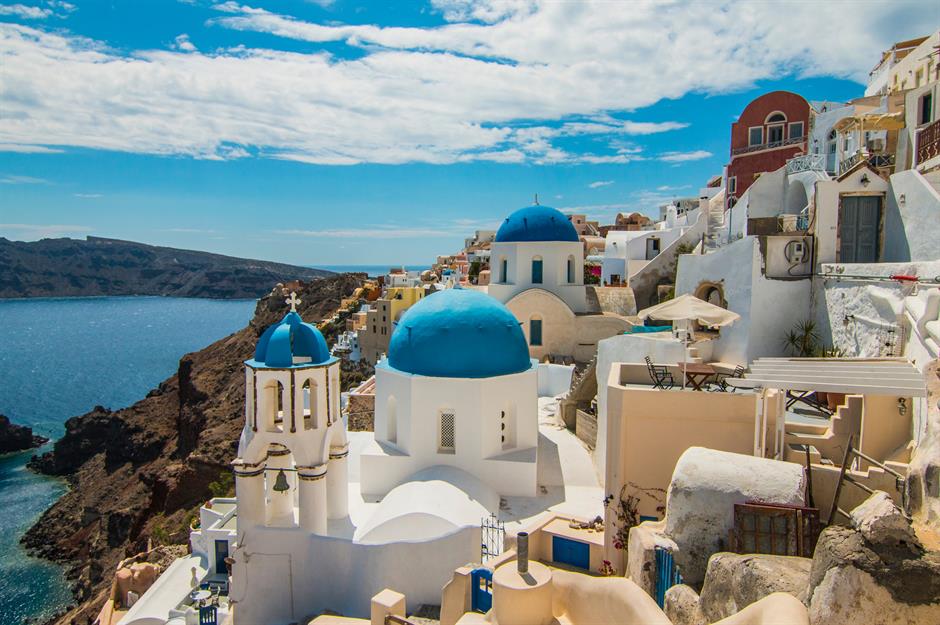
Bursts of bright blue rooftops set against pristine white façades are what make Santorini so unique. The Greek island, located in the most southerly part of the Cyclades group of islands in the Aegean Sea, is home to a sprawl of interconnected buildings which teeter on the edge of volcanic-formed cliffs, making for incredible views all round. Pictured here is the village of Oia on the north of the island.
Buda Castle, Budapest, Hungary
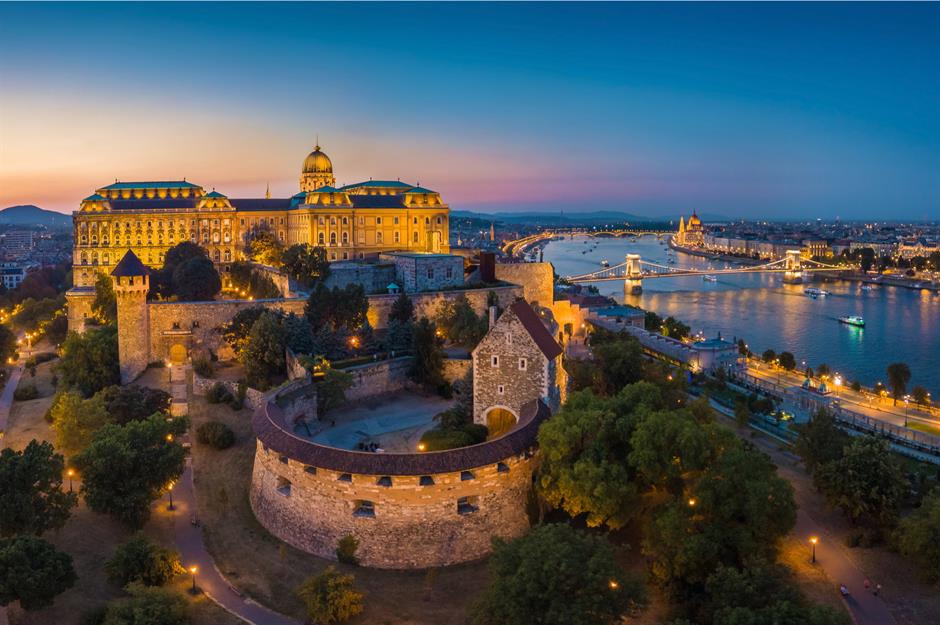
At the heart of historic Budapest, Buda Castle sits on Castle Hill overlooking the Danube river and Pest on the eastern bank. Originally, a fortress was built on the site in the 13th century until the reign of Maria Theresa in the mid-1700s, when it was replaced by a large Baroque palace, which has since been damaged and rebuilt several times over the centuries. Despite its turbulent history, the castle, lit up at night in this spellbinding shot, has a tranquil feel about it today. Now discover 30 of Europe's most beautiful castles.
Preikestolen, Norway

Amalfi Coast, Italy

Encompassing a roughly 31-mile (50km) stretch of Italy’s southwestern coast, just above the “foot” of the country’s boot, the Amalfi Coast is a mesmerising mix of verdant forests, craggy rock faces and higgledy-piggledy cliffside towns. Home to an abundance of well-known spots including Positano, Amalfi, Ravello and Sorrento, this stretch of Mediterranean coastline is about as picture-perfect as they come. These are the world's most beautiful coasts.
Louvre Museum, Paris, France

Land’s End, Cornwall, England
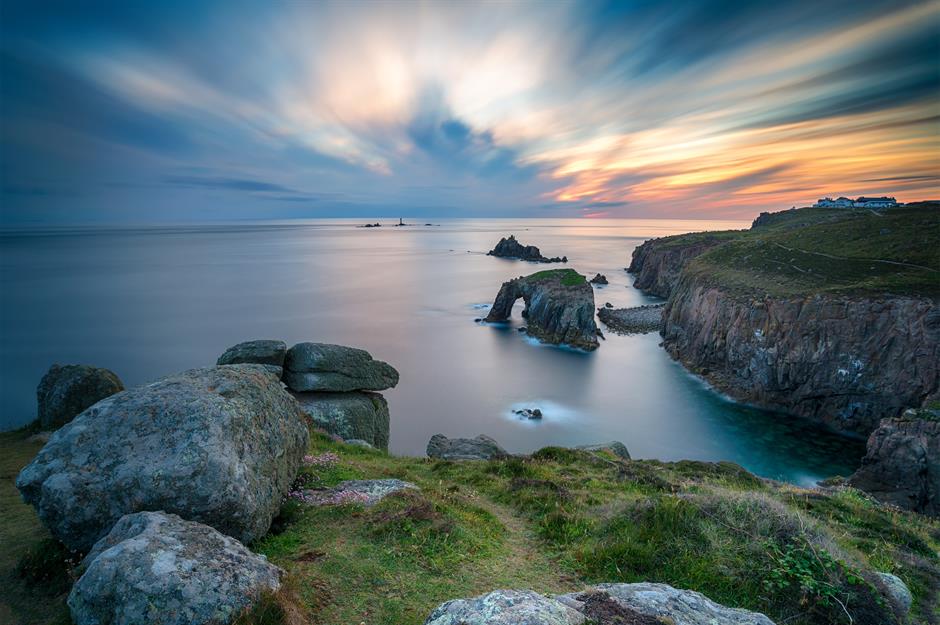
Dolomites, Italy
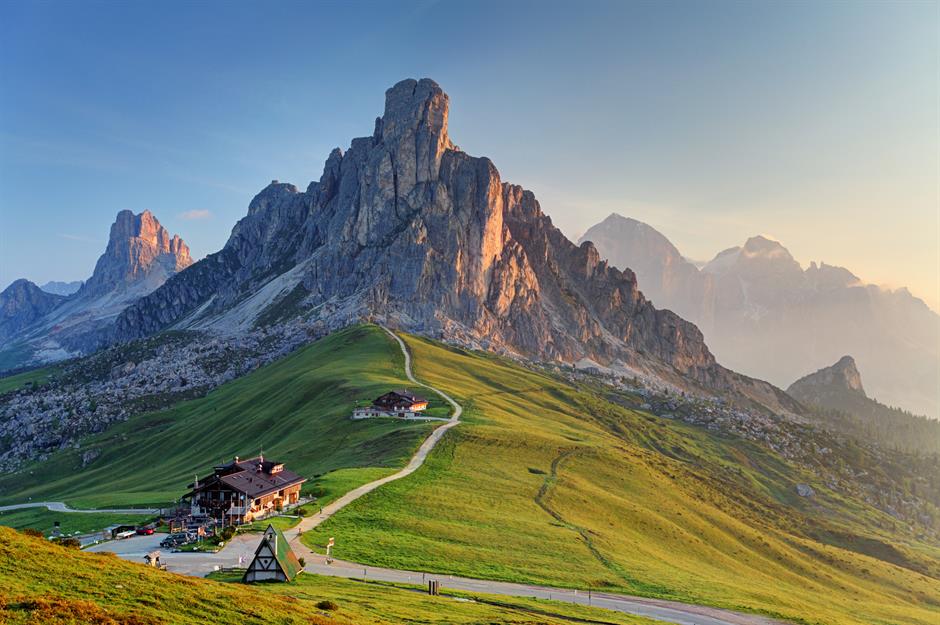
Northeastern Italy’s Dolomites range oozes rugged charm. With the tallest 18 of its razor-sharp peaks reaching heights of more than 10,000 feet (3,050m), it’s certainly not short on dramatic views, either. Pictured here is a stretch of the Giau Pass, a popular hiking and cycling route in the region. Check out secrets of the world's most beautiful mountains.
Isle of Skye, Scotland
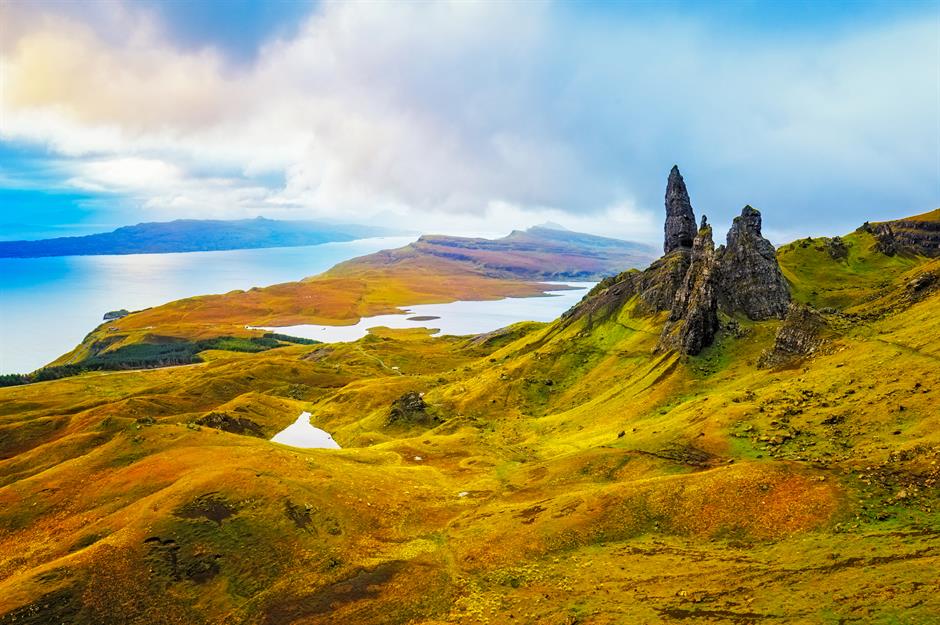
Old City of Dubrovnik, Croatia
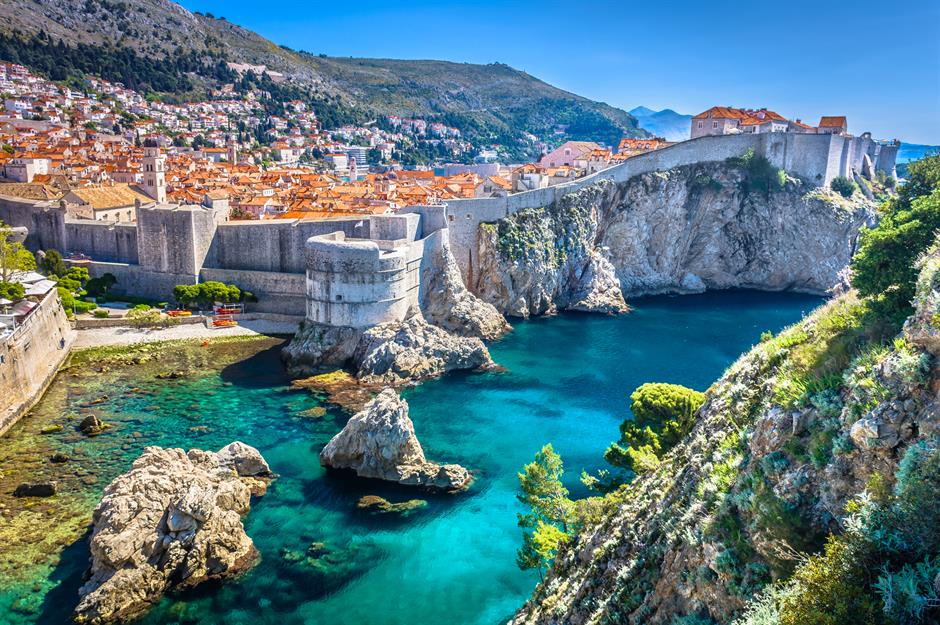
Situated on the southern Adriatic coast, the UNESCO-recognised Old City of Dubrovnik is tucked within sturdy old walls, which are 6,365-feet (1,940m) long in total, flanked on each side by craggy limestone cliffs and the dazzling Adriatic Sea. Containing an array of historic monasteries, churches and mansions, it’s no wonder this perfectly preserved old town has served as a location for a whole host of films and TV series, including Game of Thrones and Star Wars: The Last Jedi.
Neuschwanstein Castle, Germany
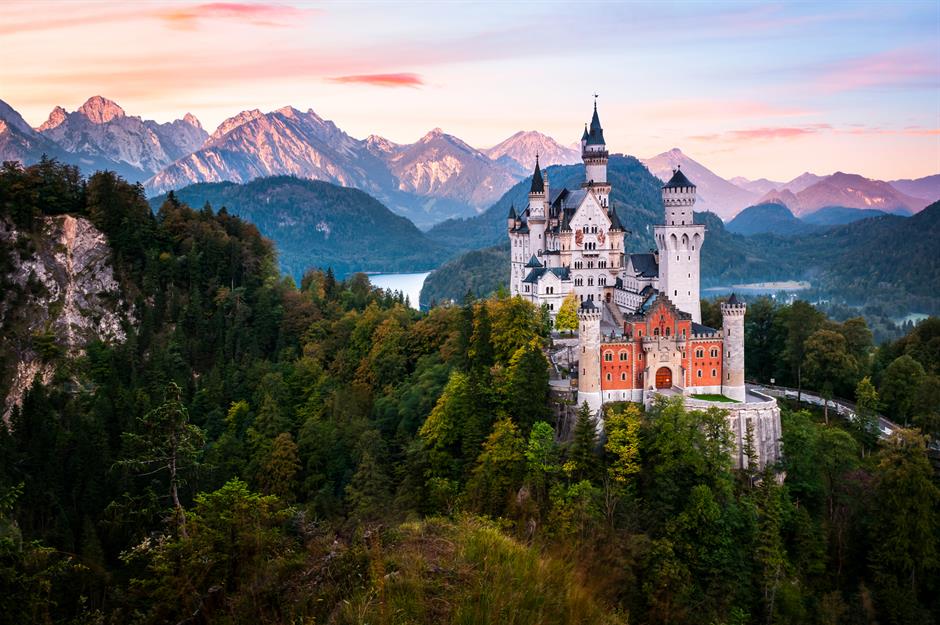
Hallstatt, Austria

Lapland, Finland and Sweden
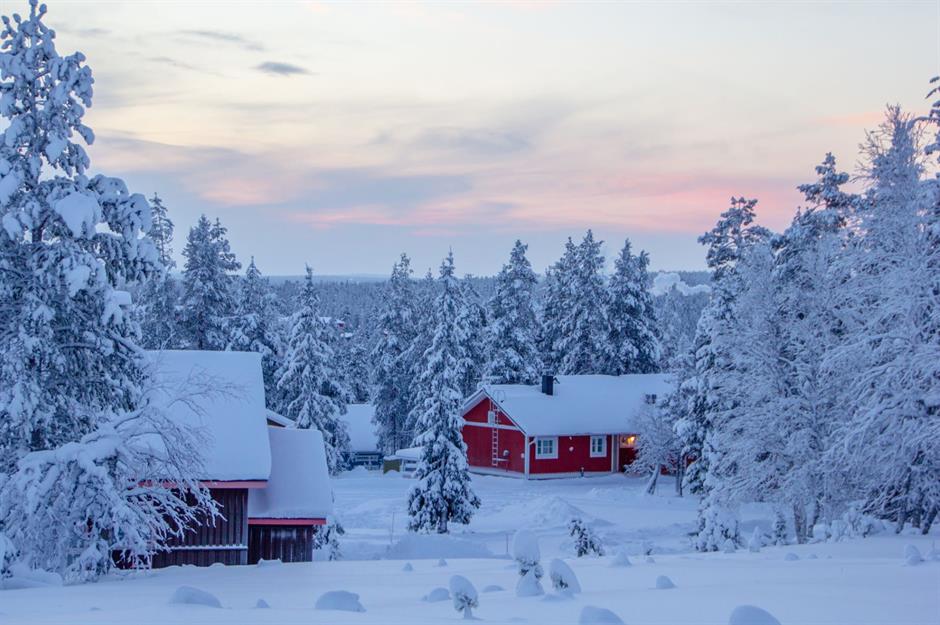
On every child’s wish list is a trip to Lapland at Christmas, but there’s plenty more to see here besides Santa. Comprised of the most northerly regions of Finland and Sweden (as well as parts of Norway and Russia), Lapland is a magical haven of winter scenery – think quaint and colourful Nordic houses dotted between spindly Arctic evergreens, their forms distorted by a thick layer of snow. It’s also touted as one of the best places to see the Northern Lights. These are the places where Christmas never ends.
Mosque-Cathedral of Córdoba, Spain

Provence, France
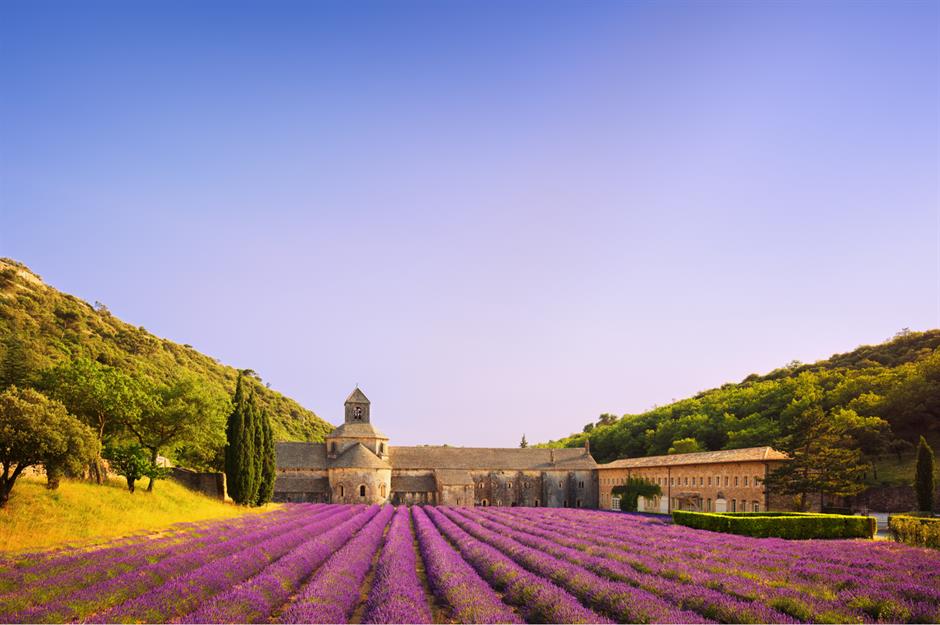
Acropolis, Athens, Greece
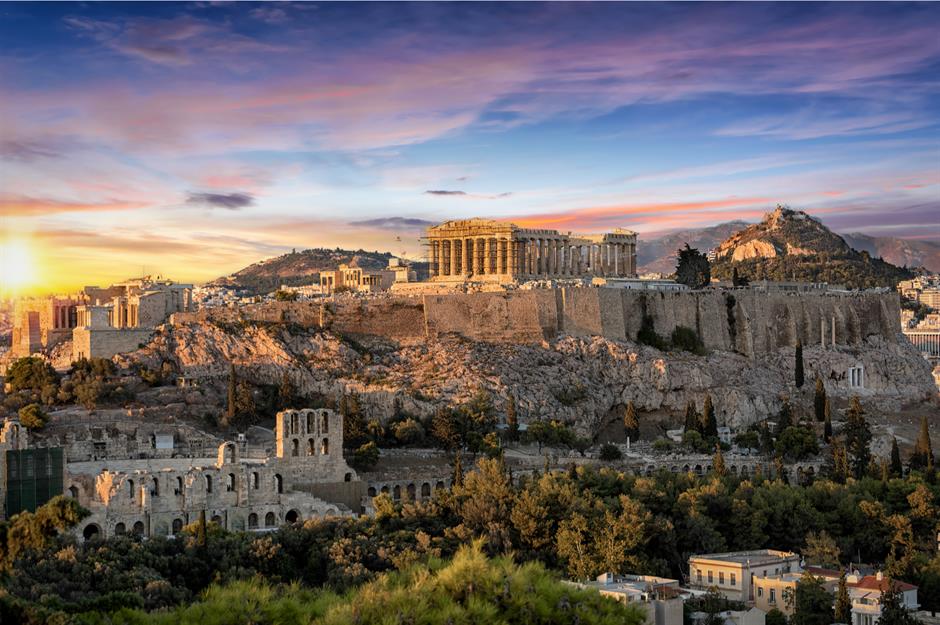
The Faroe Islands, Denmark
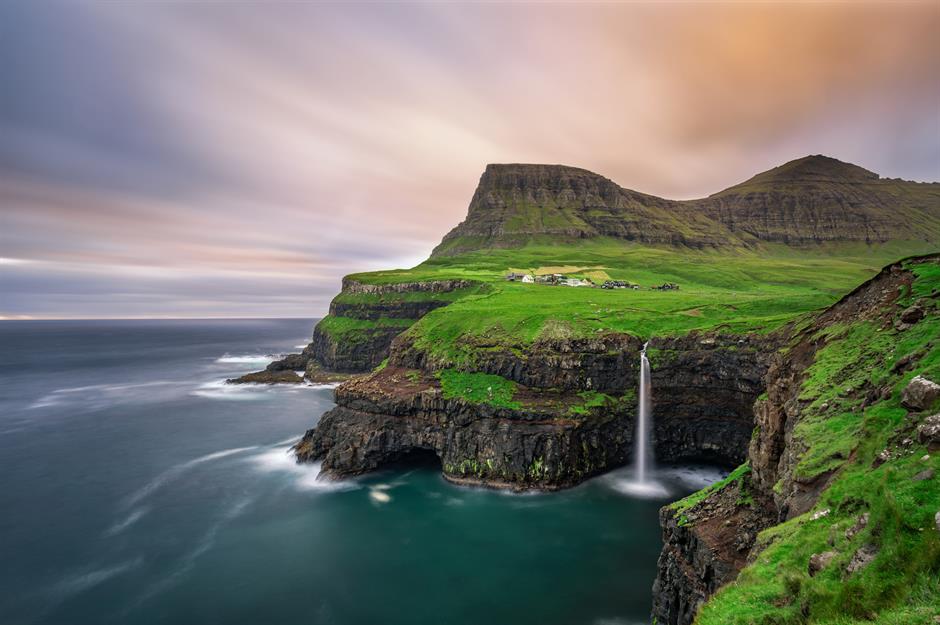
The Faroe Islands are quickly becoming recognised as a haven for untamed natural beauty. Tucked between Iceland and the Shetland Islands in the middle of the North Atlantic Ocean, the remote archipelago, made up of 18 islands, is home to a tiny population of around 50,000 – in fact, there are twice as many sheep as people. There’s a bounty of impressive scenery to be found here, with picture-perfect waterfalls and mirror-like lagoons dotted amid rugged, moss-speckled peaks.
Matterhorn, Switzerland and Italy

Giant’s Causeway, Northern Ireland
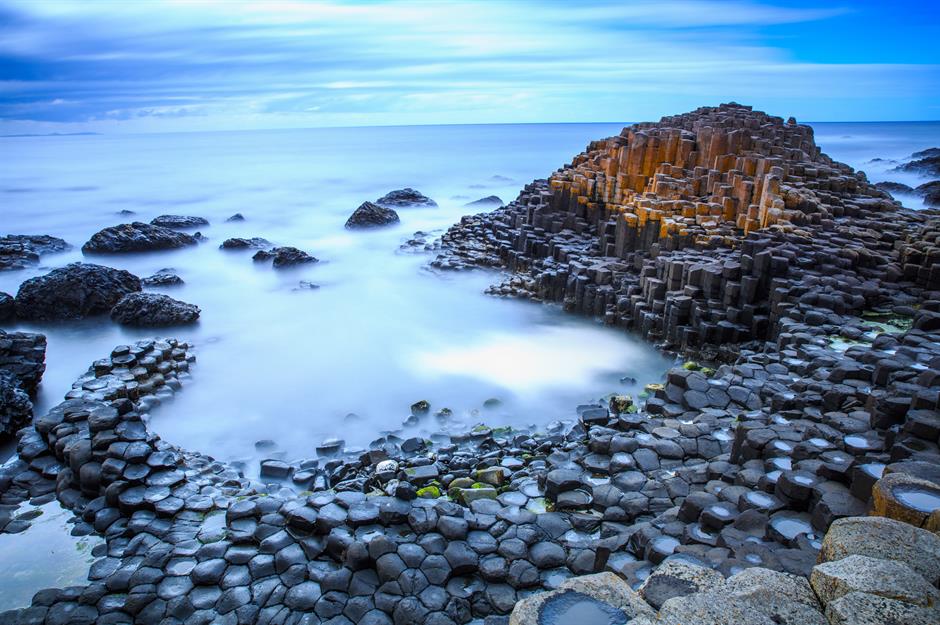
Legend has it that the Giant’s Causeway, located on Northern Ireland’s Antrim Coast, was created by Irish giant Fionn mac Cumhaill (or Finn McCool), so that he could travel to Scotland to defeat his enemy, Benandonner. Made up of 40,000 interlocking basalt columns which reach out into the Irish Sea, the Causeway certainly has an ethereal feel to it in this mist-draped shot. These are the most magical places on Earth.
Sagrada Família, Barcelona, Spain

An architectural masterpiece designed by renowned Catalan architect Antoni Gaudí, Barcelona’s one-of-a-kind Catholic church combines an eclectic mix of Art Nouveau, Catalan Modernism and Spanish Late Gothic design. Despite the fact construction began in 1882, the church remains incomplete – its current construction represents around 70% of the original plans. With building works continuing to this day, the Sagrada Família is a fascinating and ever-changing landmark.
Hosios Loukas, Greece
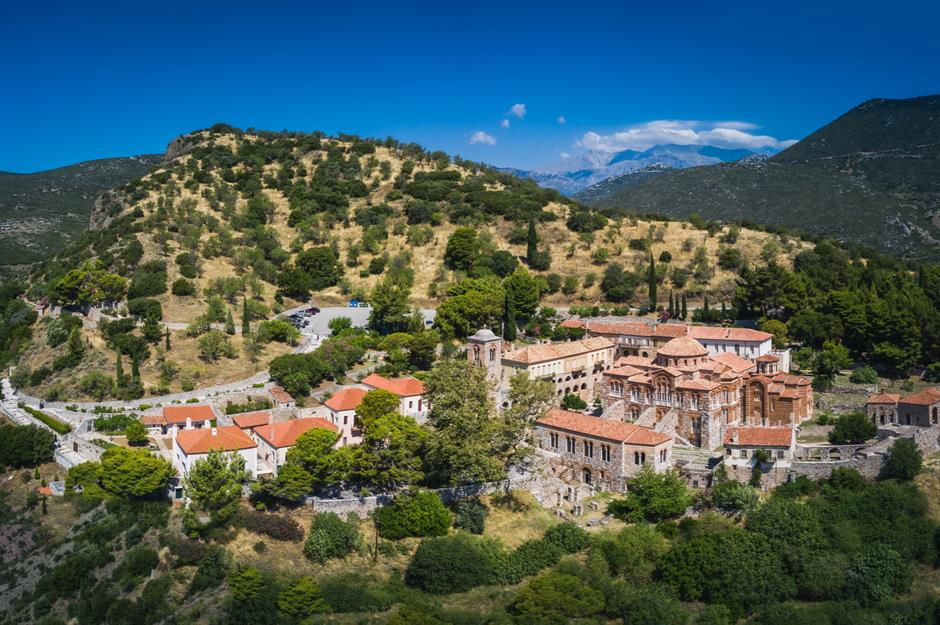
Lake Bled, Slovenia
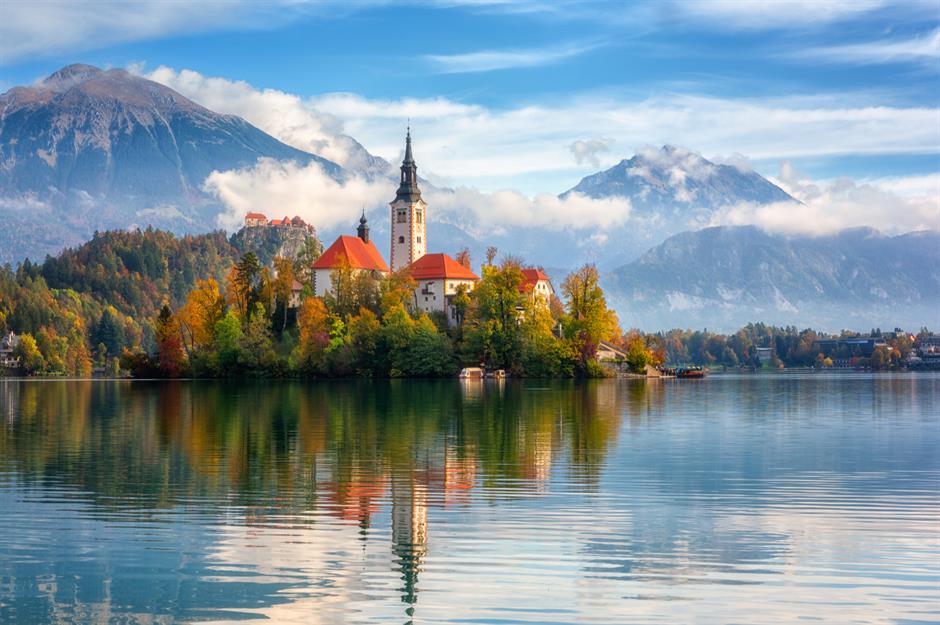
Hallgrímskirkja, Reykjavík, Iceland
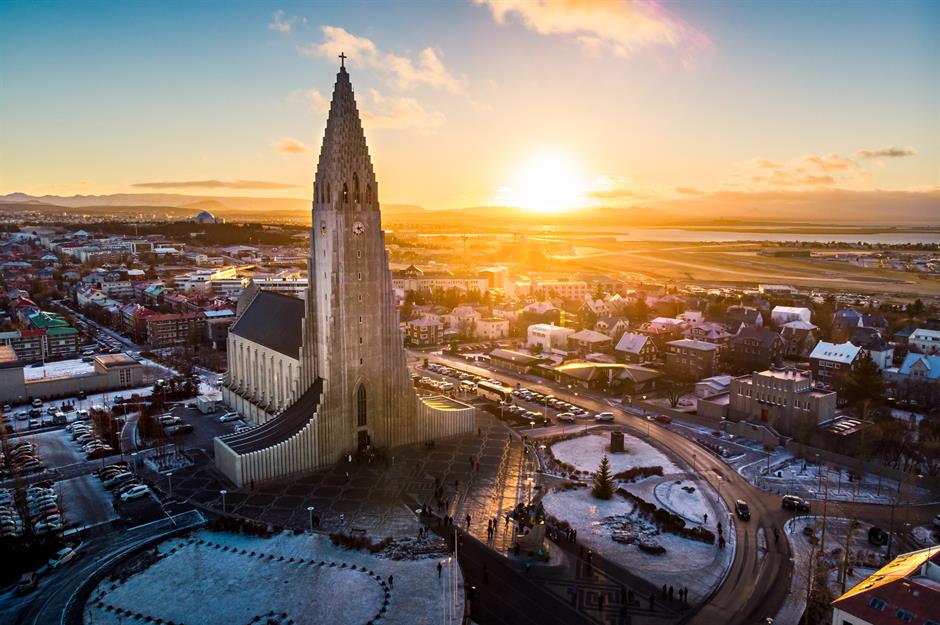
Drawing its inspiration from Iceland’s dramatic landscapes, the steeply sloped shape of Hallgrímskirkja, Reykjavík’s Lutheran church, was designed to resemble the shapes of cooling lava. The architectural landmark, which stands at an impressive 245-feet (75m) tall, creates an impressive focal point for the Icelandic capital.
Prague Castle, Prague, Czech Republic
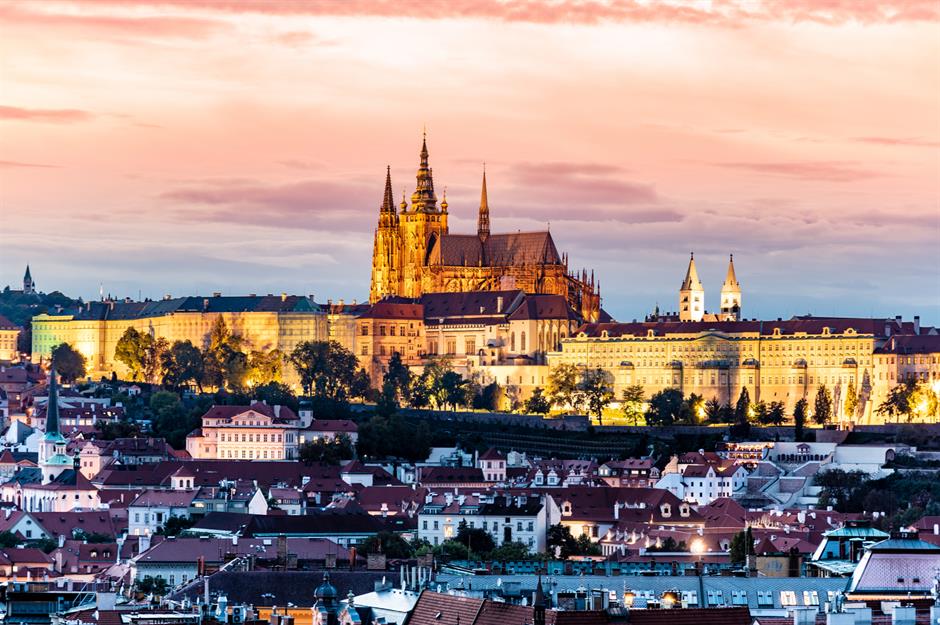
Sistine Chapel, Vatican City
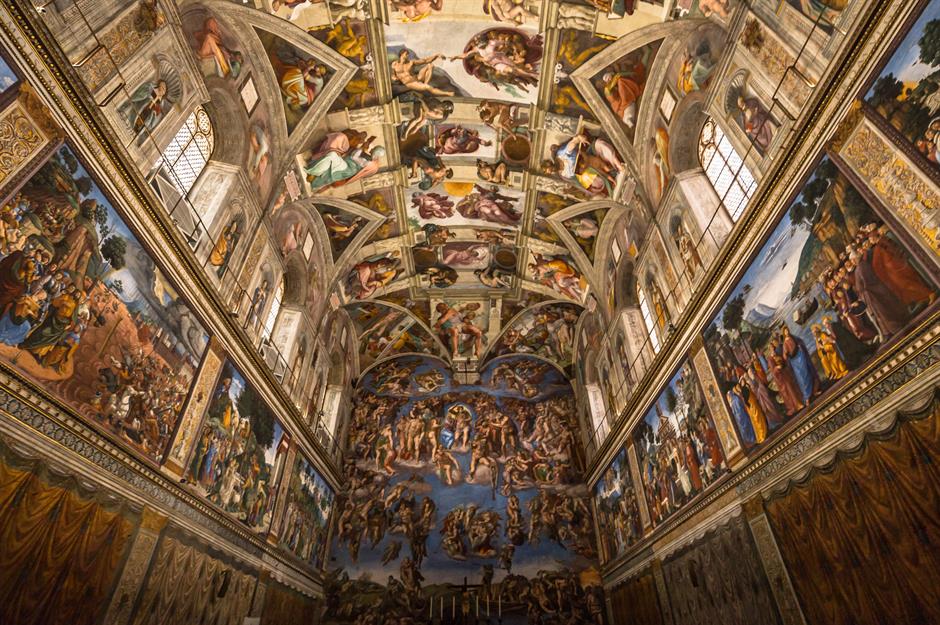
Verdon Gorge, France
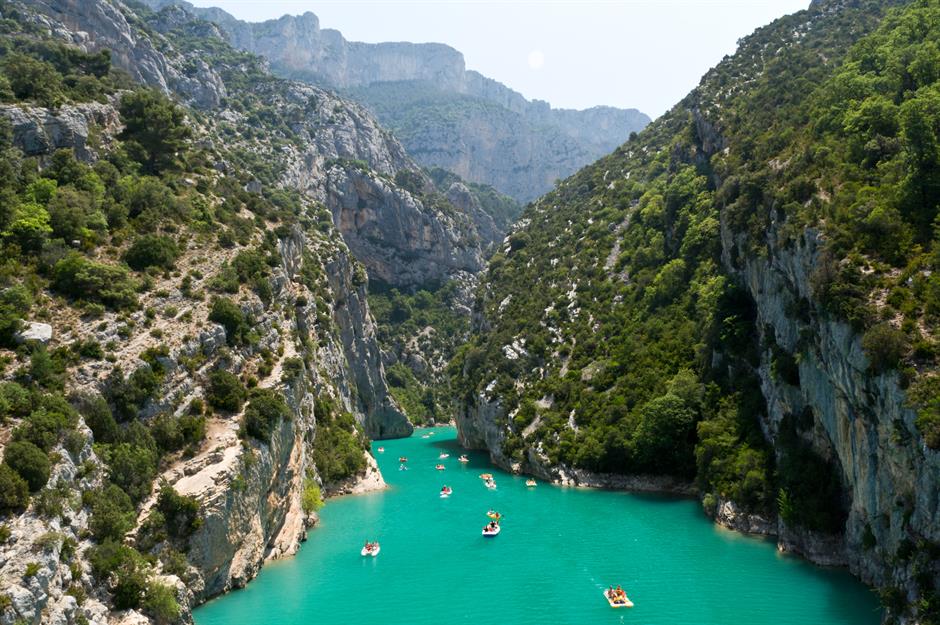
Palace of Versailles, Versailles, France

The ultimate emblem of grandeur and excess, the Palace of Versailles was originally built for Louis XIII (King of France from 1610–43) and was famously the one-time residence of Marie Antoinette. Located 12 miles (19km) southwest of Paris, this opulent palace – which holds around 5,000 pieces of antique furniture and 6,000 priceless paintings – served as the French royal family’s home until the Revolution, which began in 1789.
Caves of Aggtelek Karst and Slovak Karst, Hungary and Slovakia

Durmitor National Park, Montenegro

Glistening glacial lakes, an incredible 48 dizzying peaks and vast expanses of unspoiled wilderness are some of the features that make Montenegro’s Durmitor National Park so remarkable. Located in Northern Montenegro and belonging to the Dinaric Alps or Dinarides, the show-stopping natural beauty is also home to some 163 bird species and about 50 types of mammals. Feast your eyes on the world's most beautiful national parks.
Grand Bazaar, Istanbul, Turkey

Gauja National Park, Latvia
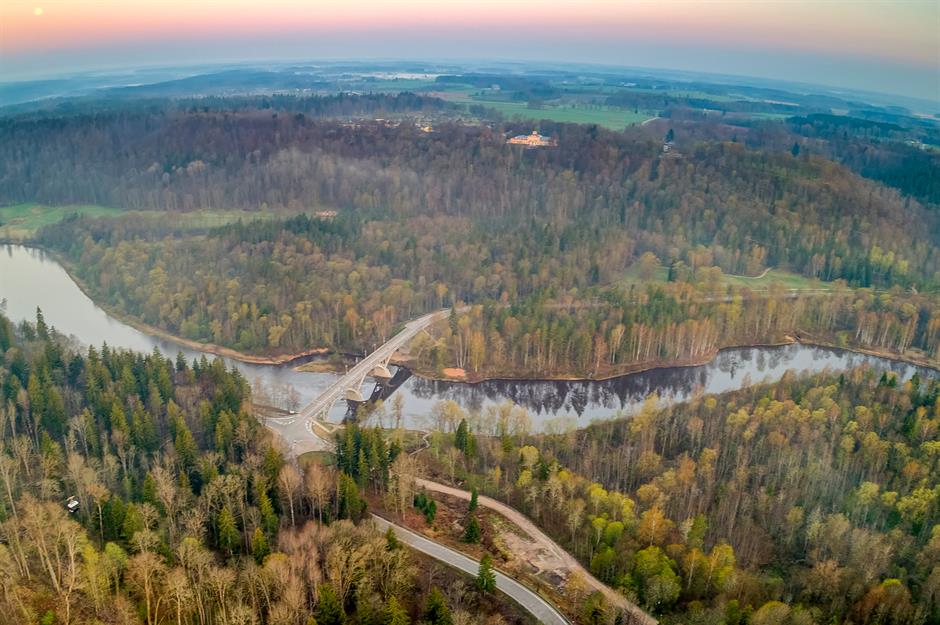
Las Salinas de Torrevieja, Spain
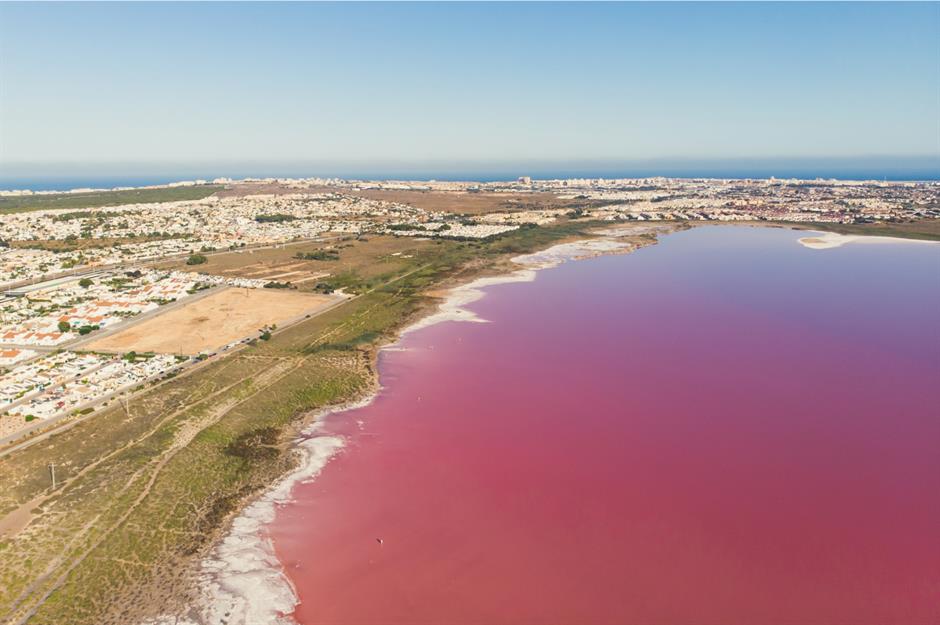
Grand Canal, Venice, Italy

Venice is home to some 150 canals, the biggest and most well-known of which is the Grand Canal, which slices through the city in an S-shape to form its major water traffic corridor. With its colourful waterside buildings, bridges and gondolas, the Venetian attraction is one of Italy's most enchanting and time-honoured.
Belém Tower, Lisbon, Portugal
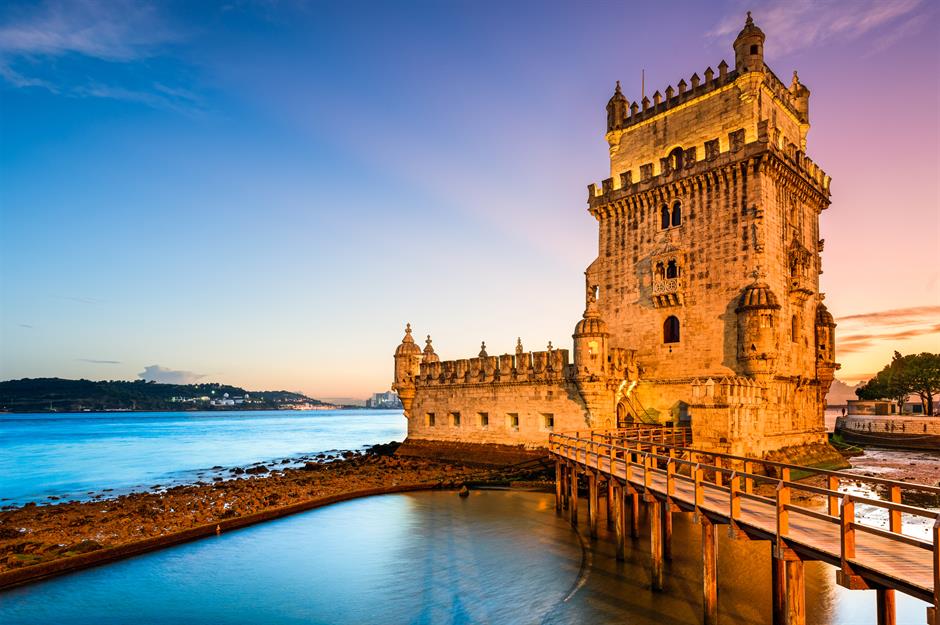
Lake Königssee, Germany
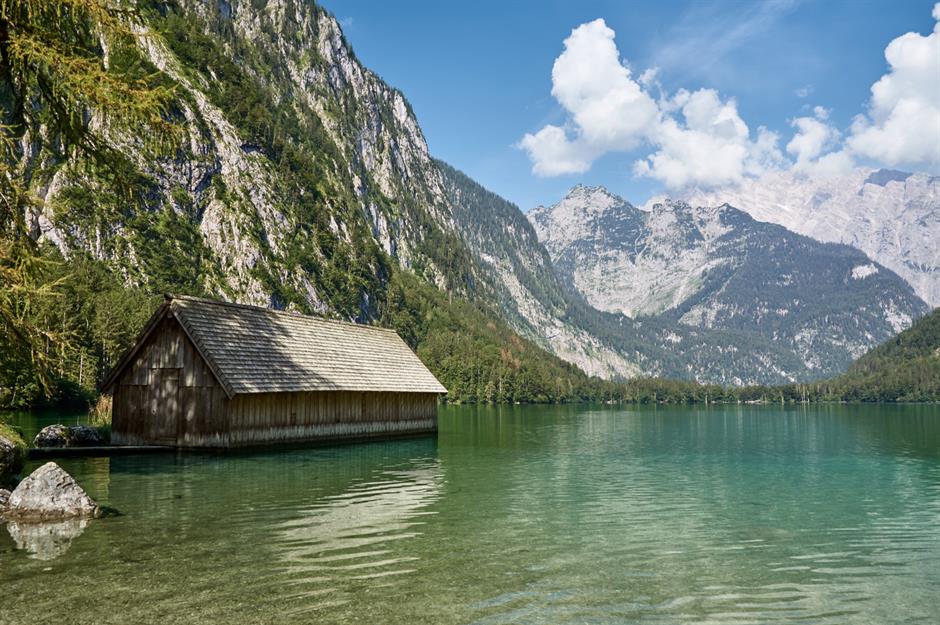
Lake Königssee is an idyllic and tranquil spot in the scenic state of Bavaria. The lake is known for its eye-catching deep green hue, and is situated at the foot of Mount Watzmann in the heart of the Berchtesgaden National Park, Germany’s only alpine national park.
Florence Cathedral, Florence, Italy
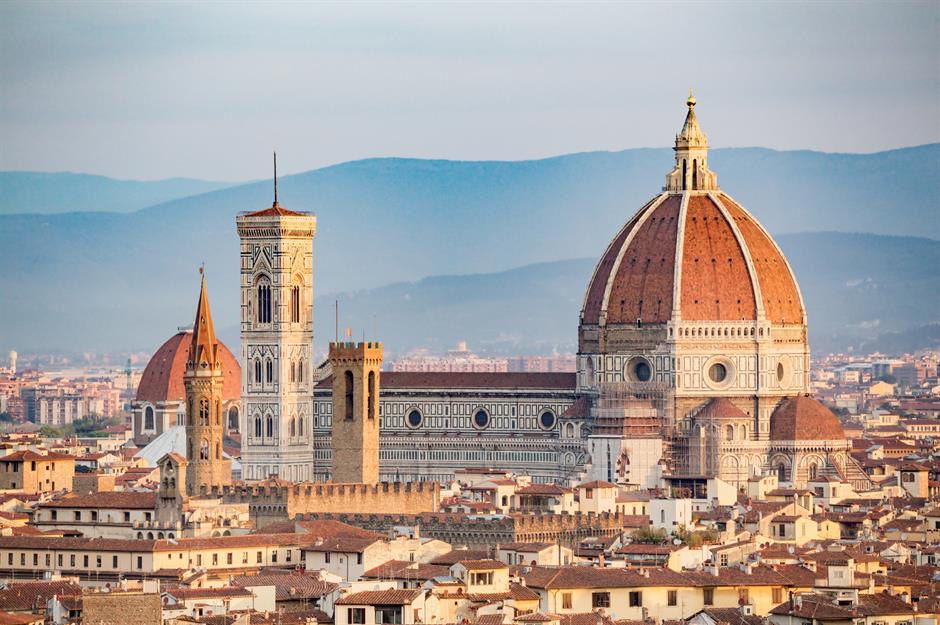
Florence’s majestic cathedral, also known as the Duomo, is recognisable for its imposing dome-shaped roof – the largest masonry dome in the world, containing more than 4 million bricks. The rest of the cathedral was no mean feat to build either, with the entire planning and construction process taking 140 years from start to finish. The cathedral is an eye-catching sight today, captured in the blue light of sunrise in this stunning shot.
Loch Ness, Scotland
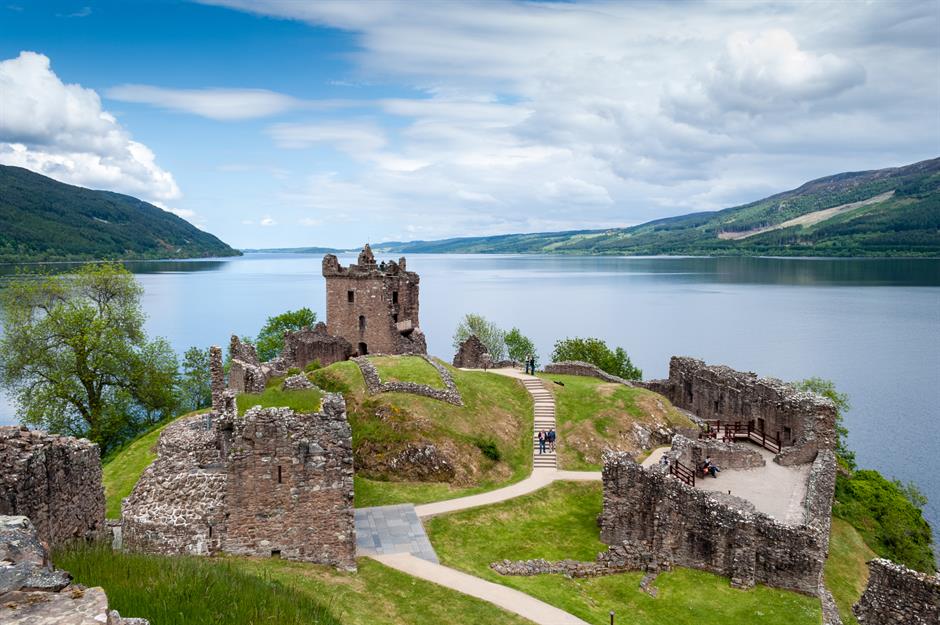
Situated in the Glen Mor of the Scottish Highlands, the enchanting Loch Ness has fascinated local people and visitors for centuries, in part because of the rumoured existence of a Loch Ness Monster – of which there have been more than 1,000 reported sightings. Pictured here from the ruins of Urquhart Castle, it’s no wonder the dramatic scenery has held such long-standing appeal.
Guggenheim Museum Bilbao, Bilbao, Spain

Lake Bohinj, Slovenia
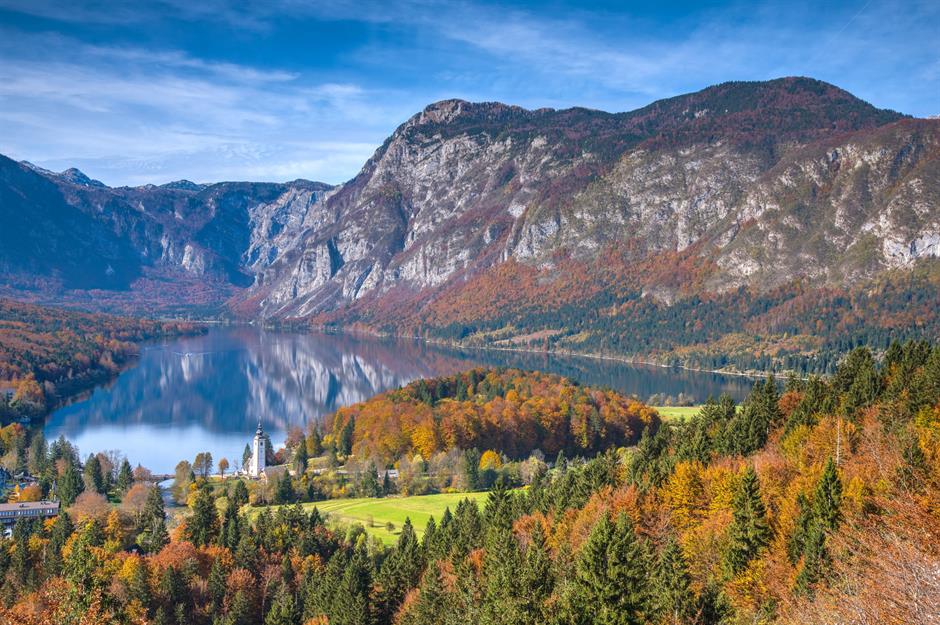
Caucasus Mountains, Georgia
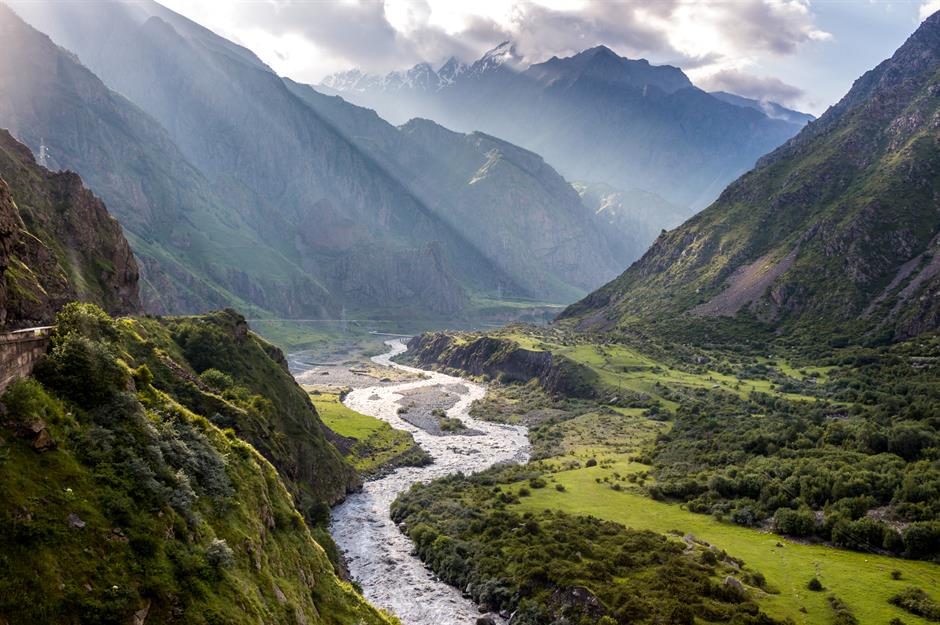
Many hikers and nature enthusiasts are drawn to Georgia’s Caucasus mountains and it’s easy to see why. Rising in myriad jagged forms, the mountain range, which traditionally formed the border between Asia and Europe, boasts untamed natural beauty. The region is also home to some of the world's most hair-raising mountain passes.
Here are the world's most amazing roads as you've never seen them before
Kravice Waterfalls, Bosnia and Herzegovina
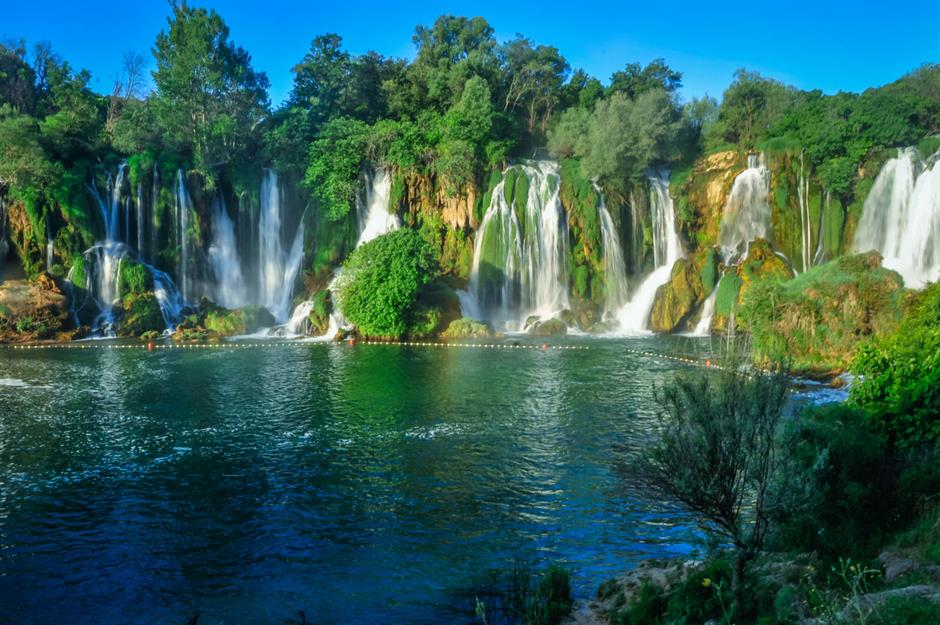
Kirkjufell, Iceland
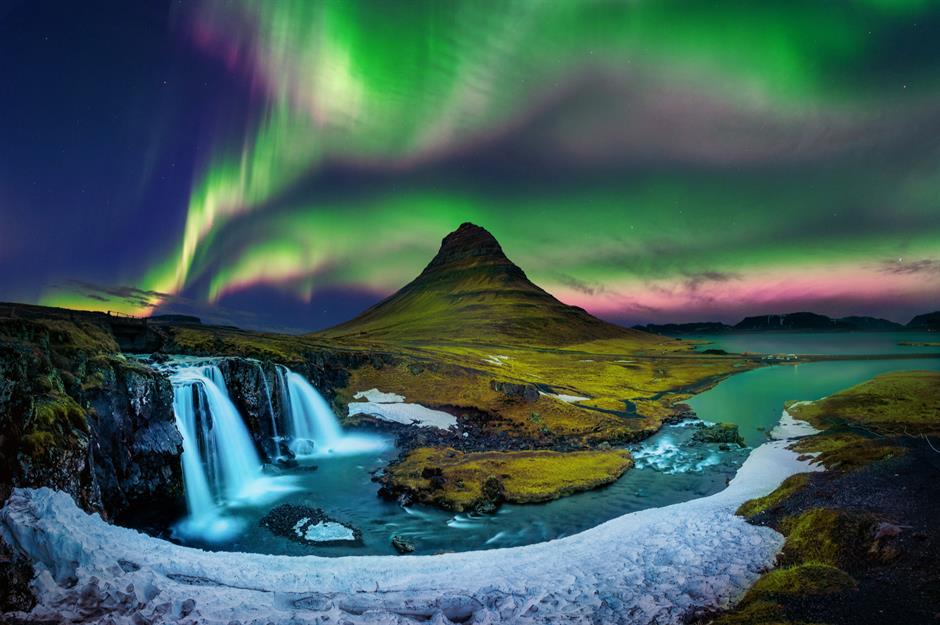
Kirkjufell, also known as Church Mountain, is technically a nunatak – a natural peak or island that shoots through a glacier or ice field, but is not covered by ice itself. It's known for its distinctive shape and spellbinding surrounding scenery, and as a hot spot for chasing the Northern Lights.
Charles Bridge, Prague, Czech Republic
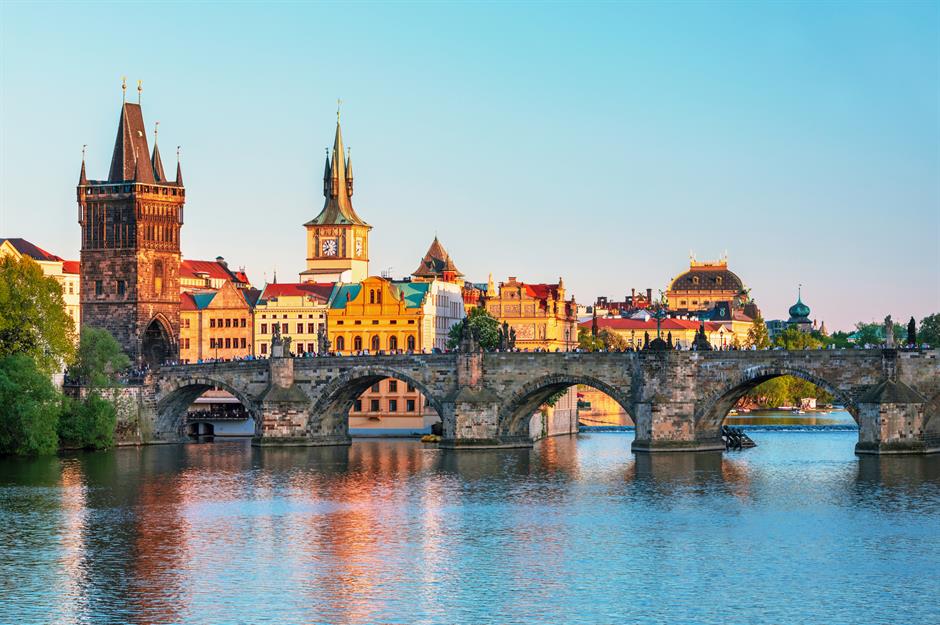
Stonehenge, Wiltshire, England
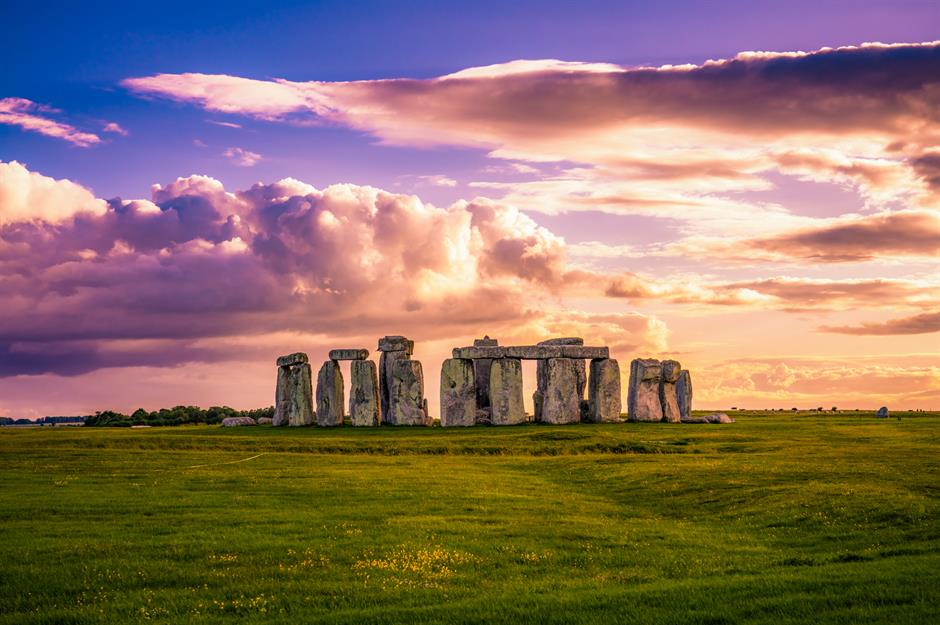
Stonehenge is an impressive Neolithic monument, the earliest parts of which were built as many as 5,000 years ago. Thought to have served as a site of religious worship, today it attracts fascination and awe in equal measure. Some of the stones that make up the horseshoe-shaped structure are thought to have been hauled all the way from the Preseli Hills in Wales, some 200 miles (322km) away, adding to the mystery of the site’s construction.
Discover more ancient mysteries we still don't know the answer to
Pena Palace, Sintra, Portugal
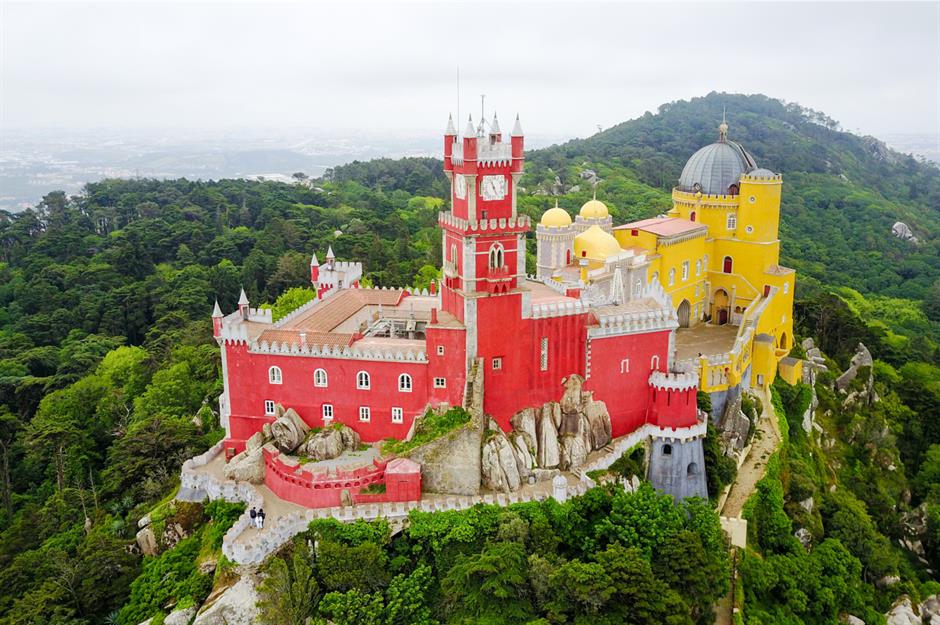
A patchwork of different colours and architectural styles, Portugal’s Pena Palace was created in the 19th century by King Ferdinand II and was intended to be a home for Portuguese royals. Nestled on a hilltop in São Pedro de Penaferrim, northwest of Lisbon, the site is surrounded by rolling, mossy hills and dense forests that are just as majestic as the castle itself.
Inspired? Now check out Britain's prettiest palaces fit for a queen
Mont-Saint-Michel, Normandy, France

Mont-Saint-Michel is a tiny island crowned by a medieval abbey and set in a breathtaking bay straddling Normandy and Brittany. The fairy-tale abbey is as mesmerising by night, when lights around the castle make it sparkle, as it is by day, when the castle is illuminated by sunlight.
Comments
Do you want to comment on this article? You need to be signed in for this feature